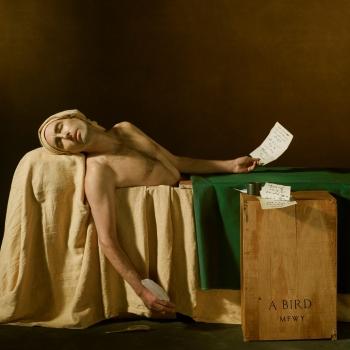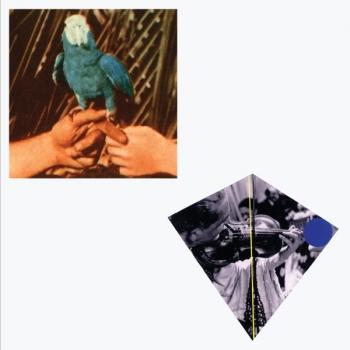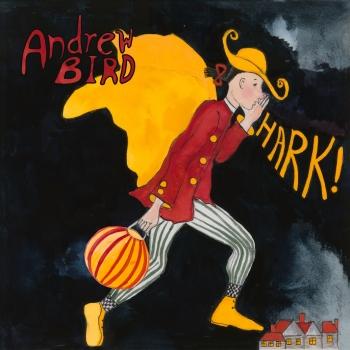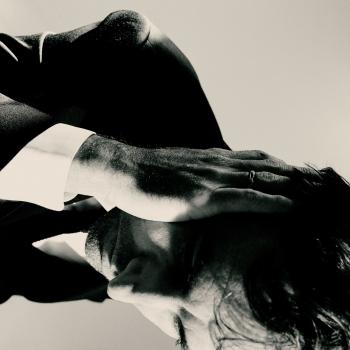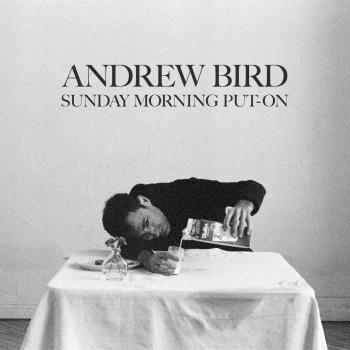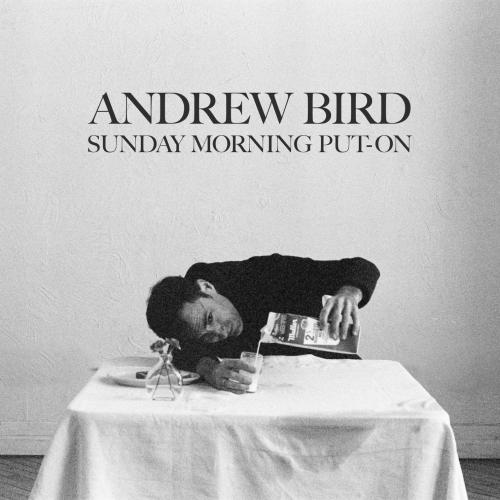
Sunday Morning Put-On Andrew Bird
Album Info
Album Veröffentlichung:
2024
HRA-Veröffentlichung:
24.05.2024
Das Album enthält Albumcover
Entschuldigen Sie bitte!
Sehr geehrter HIGHRESAUDIO Besucher,
leider kann das Album zurzeit aufgrund von Länder- und Lizenzbeschränkungen nicht gekauft werden oder uns liegt der offizielle Veröffentlichungstermin für Ihr Land noch nicht vor. Wir aktualisieren unsere Veröffentlichungstermine ein- bis zweimal die Woche. Bitte schauen Sie ab und zu mal wieder rein.
Wir empfehlen Ihnen das Album auf Ihre Merkliste zu setzen.
Wir bedanken uns für Ihr Verständnis und Ihre Geduld.
Ihr, HIGHRESAUDIO
- 1 I Didn’t Know What Time It Was 03:08
- 2 Caravan 04:30
- 3 I Fall in Love Too Easily 03:55
- 4 You’d Be So Nice to Come Home To 02:43
- 5 My Ideal 04:22
- 6 Django 03:26
- 7 I Cover the Waterfront 04:50
- 8 Softly, as in a Morning Sunrise 04:10
- 9 I’ve Grown Accustomed to Her Face 01:45
- 10 Ballon de peut-être 09:18
Info zu Sunday Morning Put-On
"Als ich in meinen 20ern war, wohnte ich in einem alten Apartment/Hotel im Edgewater-Viertel von Chicago. Es war ein Relikt aus besseren Zeiten (den 1920er Jahren), billig und wurde hauptsächlich von pensionierten Jesuitenpriestern und Nonnen der nahe gelegenen Loyola-Universität bewohnt. Das Fitnessstudio verfügte über alte Schwinn-Fahrräder mit 10 Gängen, die auf Betonblöcken für billige Pelotons standen, ein altes Schwimmbad, in dem Opern gespielt wurden, und das Dampfbad war ein Clubhaus für die örtliche russische Mafia. In den meisten Samstagnächten blieb ich auf und hörte von 12 bis 16 Uhr eine Radiosendung namens ›Blues Before Sunrise‹ auf WBEZ. Der DJ, Steve Cushing, spielte alte, seltene 78 RPM-Platten mit Blues, Jazz und Gospel. Dann schlief ich ein paar Stunden und wachte zu Dick Buckleys Sendung auf, die ebenfalls auf WBEZ lief und in der er Jazz der ›Goldenen Ära‹ aus den 30er und 40er Jahren spielte. Meine Vorliebe für eine bestimmte Ära des Jazz bis zur Mitte des 20. Jahrhunderts hat sich in meiner eigenen Arbeit, die zum größten Teil überhaupt nicht aus Jazz besteht, immer wieder verändert.
Ich gebe zu, dass wir unter dem Banner des Jazz mit einigen der großartigsten Momente der Musikgeschichte gesegnet sind (Coleman Hawkins' ›Body and Soul‹) und vielleicht auch mit einigen der schlimmsten (ich will keine Namen nennen). Ich will damit sagen, dass diese amerikanische Kunstform eine Menge Gepäck und Überlieferungen mit sich bringt, die schwer zu durchschauen sind. Nachdem ich etwas Abstand zu dieser Zeit gewonnen hatte, in der ich in seinem Bann stand, wollte ich wieder in den Jazz eintauchen. Bei der Arbeit mit der meisterhaften Rhythmusgruppe von Ted Poor und Alan Hampton bewegten wir uns auf einem schmalen Grat. Jeder Song musste versuchen, Nostalgie und Jazz mit einem großen J zu vereinen, und das führte dazu, dass wir weniger Noten spielten und viel mehr sangen, als ich erwartet hatte.
Ich wollte mich als Improvisator ausprobieren und herausfinden, ob ich durch lebenslanges Zuhören und Holzhacken in das gleiche Sonnensystem wie Lester Young und Coleman Hawkins gelangen könnte. Und da wir gerade von diesen Tenorsaxophonisten sprechen: Ich wollte mein Instrument dazu bringen, das zu tun, was ein Rohrblattinstrument mit Atem und Phrasierung tut, aber mit meinem Bogen auf einer Saite und Luftstößen durch meine Stimmbänder. Kurzum, bei ›Sunday Morning Put-On‹ dreht sich alles um den Klang." (Andrew Bird)
Produziert von Andrew Bird und komplett live aufgenommen in den legendären Valentine Studios in Südkalifornien (Bing Crosby, Burl Ives, Beach Boys), ist Sunday Morning Put-On auch mit der Gitarre von Jeff Parker und dem Klavier von Larry Goldings ausgestattet. Aber es sind Andrew Birds Stimme und Geige, die eine neue Tiefe erreichen, da er sich als Improvisator mehr denn je anstrengt - besonders bei der Schlussnummer und dem einzigen Original, "Ballon de Peut-etre". Auf dem gesamten Album imitiert er durch das Zusammenspiel seines Bogens, der Saiten und der Luft, die durch seine Stimmbänder strömt, die Phrasierung und den Klang eines Rohrblattinstruments. Er spielt seine Geige wie ein Horn und singt viel mehr, als er erwartet hat. Er verfeinert eine Virtuosität, die auf seinen früheren Platten immer vorhanden war, aber mit zusätzlichen Schichten von Können und Sehnsucht in den Vordergrund tritt.
Andrew Bird, Violine, Gesang
Alan Hampton, Kontrabass
Ted Poor, Schlagzeug, Percussion
Weitere Musiker:
Jeff Parker, Gitarre
Larry Goldings, Klavier
Andrew Bird
There are two types of problems in this world: outside problems and inside problems. In titling his latest album Inside Problems, Andrew Bird acknowledges the various detritus swirling around the inside. These songs are the result of snatching ideas from obsessive middle-of-the-night thoughts, organizing them, and projecting them out across the threshold to the outside. Inside Problems chronicles that moment of realization, when the inside can no longer hold us, so we move outside that brittle bubble, and we are caught for a moment in the in-between.
Over the course of his two-and-a-half decade career, Andrew Bird has always had grand ambitions for what music can be, but his method has sharpened over the years. On albums like 2012’s Break It Yourself, which cracked the Billboard top 10, he explores themes of autonomy, and how our choices ricochet throughout our lives. My Finest Work Yet, from 2020, received a GRAMMY nomination and found Bird touching on political themes through this same lens. Inside Problem’s lead track “Atomized” finds Bird wondering, “Here’s what I say to them, ‘What is your point?’/ Is each of us an island or more like Finland?” It’s a line that’s been bouncing around his head since he began writing music. “I can't tell you how many times I've written something to the effect, ‘is each of us an island or are we more like Finland?’ I've tried to say that same thing in about fifteen different ways over the years,” he says with a chuckle. It’s a testament to Bird’s maturity and accomplishments as an artist that with confidence he now simply says it.
Focusing on the “inside” allows Bird’s new music to reflect the questions that keep him up at night, and, as is more often the case, the ones that stir him from bed and keep him from returning to slumber. On Inside Problems, these ideas come to life, the songs veering from technicolor brilliance to high contrast black-and-white, and back again. As he explains it, he just seemed to stumble upon the ‘spaces in between’ in everything he did. “Crossing a threshold is as simple as going from indoors to outdoors of a house,” he explains. “I'm interested in that period of time when you're neither here nor there. There’s an unexplainable lack of clarity to it that still haunts me, that threshold between being in one place and another.”
Inside Problems is about that chance you stumble upon, and this is reflected in the album’s live spirit. Bird wanted to record the album live so he could intimately interact with his fellow musicians. So much of Bird’s music has always been about the process, because once the songs are released, his decisions are final. Spontaneity and deliberation are thus not opposites. “With my ethos and what I like to hear in other recordings, the exciting thing to me is when I hear a risk involved. It’s really important to make an album that I get excited about while listening.” That urgency is reflected on a song like “Fixed Positions,” in which he sings, “Stay here long enough you know we’ll always be this way/ And when you’re screwing up your face won’t it always stay that way?” The album looks at the radical fight against stasis, the reminder to keep on chasing what is good in this life. Bird captures the moment this realization spurs action on Inside Problems.
Bird’s career has been defined by a relentless pursuit of salvaging perfection from spontaneous decisions. “I have so much fun taking my ideas apart before they really have defined themselves as distinct songs, when they’re still in that amoeba-like state,” Bird reflects. “I love the feeling of chasing ideas and having them split off and go hang out with another idea and then budding them up against each other to see if they talk to each other.” These are the instances, the decisions within decisions, that keep Andrew Bird wrestling with music.
On Inside Problems, Bird declares that he’s still searching for this truth, but the question remains the same: Who are we in the moments in between?
Dieses Album enthält kein Booklet










